13 August 2021
How to write popular articles about software development – tips from TSH

Have you ever tried to succeed on the web with your software development content, be it on your blog, social channel, or newsletter? That’s exactly what we have been working on for well over 3 years. And we are quite proud to say that we have some accomplishments and learnt a lot in the process. Today, we’re going to share with you our actionable tips for content success, along with some really cool numbers on our publications!
Do you know the 80/20 rule? It says that 80% of all outcomes result from 20% of all causes. When we translate it into content marketing, we might say that a handful of content may sometimes be responsible for driving most of your traffic.
Starting with that premise, we asked ourselves if this is also true for our blog. We picked the most popular articles to determine why exactly they attracted so much traffic compared to others. The results are these tips for content success for software developers that you can see below.
Before we get to that, let’s try to answer an important question:
Why should developers create content?
As a developer, you can find several good reasons to create original content for a blog, a social media channel, newsletter, or a webinar:
- You want to create your own personal brand or help your company grow.
- You hope that creating great content will aid your career and help in getting a promotion.
- You want to give back to the open source community by helping other developers make sense of various tools and techniques.
- You yourself best learn from making tutorials.
- You’re good with words and it would just simply be too much of a loss to the world (of software development) not to be able to read your art!
Ok, then. Let’s try to make your art easier to discover for everyone!
#1 Make highly practical tutorials and how-to articles
In this tutorial of a video chat app with WebRTC, TSH’s Node.js developer Mikołaj Wągrowski showed how to code a video chat application for sharing video and sounds between users. It uses the WebRTC HTML5 specification for enhanced, plugin-free communication between browsers.
This article uses a formula that has proven itself to be very successful online – a tutorial. People constantly search for ways to learn new skills and solve problems. Tutorials, or how-to articles, provide the most straightforward way to do it.
To make a tutorial practical:
- use step-by-step instructions and simple, straight-to-the-point language,
- create mock projects for others to learn from and be able to recreate,
- use a lot of examples, pieces of code, images, etc.
In this case, it brought us 162,616 views with most traffic from Google.
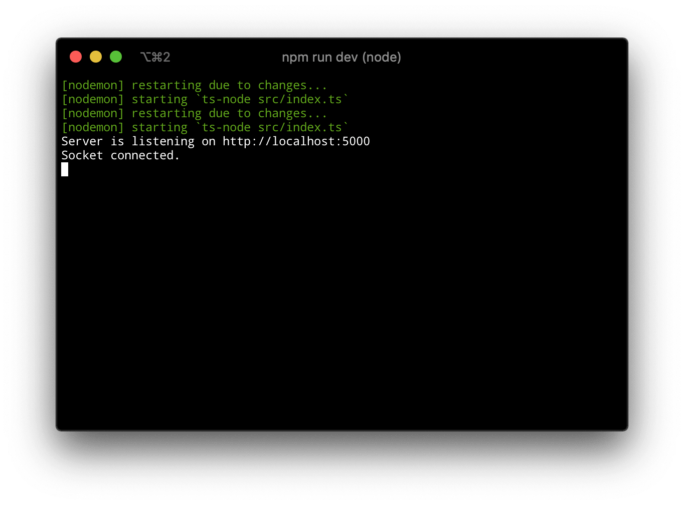
#2 Use a lot of rich content including code snippets, images, GIFs, or videos
Take a look at another tutorial that tackles a trending topic – real-time communication with Socket.io. This one has a lot in common with the previous one, but with visuals such the GIF below, it’s a good occasion to highlight the use of rich content – embedded code, videos, images, GIFs, stylized blockquotes, or call to action, and more.
There are many good reasons to use rich content like this:
- Long articles can be very monotonous without being enriched by lots of visual content,
- Visual content in the form of images, gifs or infographics can be very engaging and educational. According to the Social Science Research Network, as many as 65% of all people are visual learners,
- Humorous visual content such as memes really attracts readers to the content. We know that well, judging from the reactions of our developers on our company’s channels!

GIFs aren’t just good for laughs. They can also be used to show practical information in an interesting visual manner
All of these drive user engagement for the article, which gained 72,908 page views.
#3 Create unique expert content on things you know the most about
In this article on Dependency Injection in Node.js, TSH Head of Node.js Adam Polak goes deep into a very technical subject. There wasn’t enough expert information on that matter. That’s why it managed to get as many as 62,530 page views.
Adam specializes in Node, and that’s why he was able to create high-demand content.
You can do it if you write on topics you yourself specialize in. This also has other benefits for you:
- You build your personal brand as someone specialized in a given technology. Nobody is good at everything, so it’s best to have your own niche to master,
- As your personal brand grows, it will have a positive impact on your career opportunities,
- Google and other search engines promote original content more than any other! Google’s RankBrain algorithm aims to find the most useful information for a very specific query. It’s the best way to catch its attention,
However, even our software development specialists had to learn how to create good content. It took them a lot of trial and error to find out what works and what doesn’t. What does Adam have to say about his content journey?
“Developers are problem solvers. When you write an article for developers, it’s very important to state the problem you’re solving right from the get-go. You need to describe it step by step (the current state, what works, what doesn’t), and show expectations, pros and cons of a given solution.”
Here is another example – this article provides a practical introduction to the topic of scaling Websocket. Adam was able to write it because of his experience with this matter gained from one of his previous projects.
When you can share your real-life experience, be it technical or business-related, you stand to write more than just a blog article or encyclopedia entry – you get to tell a story. And stories are far more interesting and engaging than either of them.
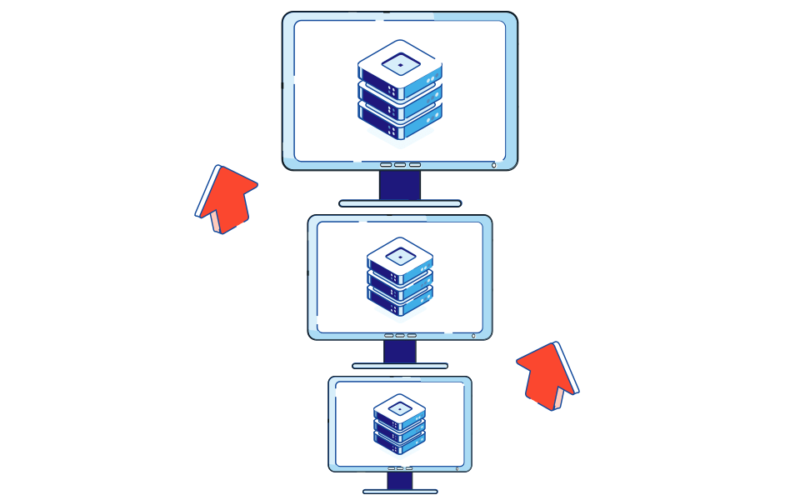
Adam now goes by this rule every time he sets off to write another piece:
“Describe the entire logical process behind each piece of content. It’s largely about storytelling, like in a novel, but in the case of software development iit needs to be backed up by a whole lot of specific practical information”.
#4 Write on topics that few people are capable of writing about
Not everyone can create expert content. This highlights the need of leveraging your specialist knowledge to create content that few people can. Insightful articles don’t face as much competition in the search engine and can get the traffic from top positions more easily.
Consider this expert article on a highly technical subject related to Node.js. Another good example of that is one of our recent articles about the Vanilla Extract library – a relatively new tool used in practice by one of our devs. His gained experience allowed him to write a very practical tutorial which is sure to rank high on keywords related to the library.
A good way to find these topics is to use Google’s related searches. Interested in a given technology? Type its name into Google and scroll down to see related searches on that topic. You can go even further and type one of the related searches into Google. The deeper you go, the more specialized searches you’re going to find and collect a gold mine of topics for you to write about.
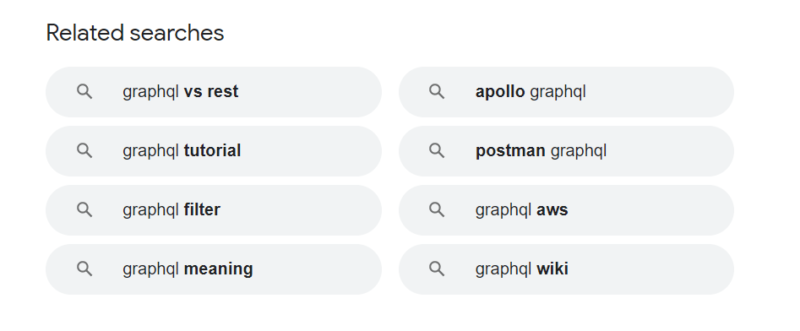
#5 Take SEO into consideration when writing your content
When you have an article ready, it’s a good idea to dedicate some time to basic SEO optimization. Even a couple minutes spent on it can make a great difference.
Not sure about how the whole SEO thing works? First, you need to choose the main keyword or phrase that your article targets. It should be something that search users are likely to type into the search box when searching for the kind of information you provide. Typically, the most important elements that should include your chosen keyword are:
- The title of the article (usually wrapped into the H1 tag),
- The meta title,
- The meta description,
- Other <h1> to <h6> headings used in the article.
Advanced SEO
If you want to go deeper into SEO, you can use a variety of tools. With products such as Surfer SEO, you will be offered recommendations on where to put your keywords in the text to maximize your optimization. Typical places worth maximal attention include metadata (title and description), the title, headings, or boldings. You might be able to convince your company to get you access to a tool like this.
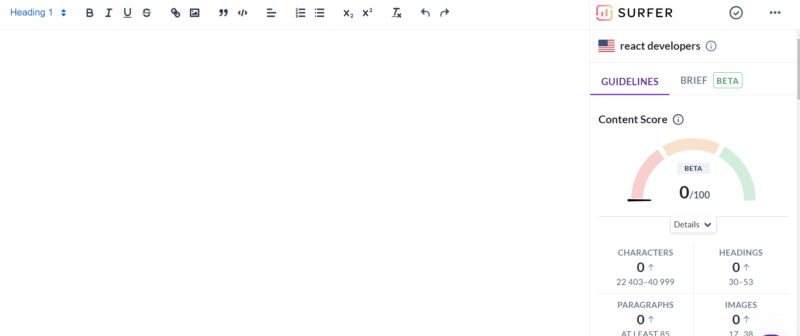
Long-tail SEO
This article introduces the topic of design patterns in microservices and briefly goes over the most important design patterns.
This type of a listicle-like article makes it easy to rank for many keywords, because you can dedicate each subsequent section of the article to another item from the list. In this case – a specific design pattern. They are also easy to add a lot of internal linking (to articles dedicated to specific design patterns) and easy to update by simply adding more design patterns. If you do that, before you even notice, you get yourself a SEO cluster – a series of interlinked articles on a specific topic area all headed by a large master article.

Want to learn even more about using SEO to help your content rank high? Check out this technical SEO checklist.
Updating content over time
This article on web development stacks has progressively built its popularity by being updated and expanded, which resulted in a long article. While a lot of words doesn’t automatically mean ranking high, it is true that long form content is correlated with higher positions.
You should follow this example and also update your article with new information over time. You can set reminders in your calendar or another tool to be reminded about the need for update periodically or when a new version of the tool you wrote about is supposed to be released.
Articles should be enriched and updated with time. You can add related content, such as embedded videos with your recorded webinars on similar topics.
#6 Spend a lot of time promoting your articles.
In today’s world of software development content, the competition is tough and there are so many articles competing for attention. Simply writing a good article may not be enough. You might need to put some effort into promoting.
This article on bad coding practices stands out among our top articles, because a fair share of its traffic does not come from the search engine. It happened to be one of our biggest viral successes, reaching developers all over the web on various social media platforms.
Of course, we helped it happen by promoting it. And that’s the thing – if you spend a lot of time making great content, it makes sense to spend a lot of time promoting it too. You should try to make it work for you as much as possible.
How can you promote your article?
- Publish it on your own social channels.
- If you mention specific people, tools or companies, you can let them know about the publication – perhaps they will share on their own channels.
- Use places such as Facebook and LinkedIn groups and other social media platforms offering curated / moderated content to add a link to your article.
- Make sure the copy of your social media posts is attractive – keep it short and sweet and state the main selling feature of your content (i.e. why they should bother reading it in the first place).
- Even a paid social media campaign is worth considering.
And that’s it! Are you perhaps wondering at this point if we really do have the chops to tell you all this? Take a minute to learn more about our content efforts.
Do we know what we’re talking about? The Software House blog’s popularity
February 2018 – it was then when we started to work towards conquering the online world of software development with our very first blog article. It’s well over 3 years of 1000 days. During this time, over 100 different authors published their articles and typically two articles are released each week.
As of July 23rd 2021, the TSH blog alone (sans the reminder of the page) registered 1,355,504 views. The viewership is almost constantly growing, reaching 100,000 in the month of June, 2021:
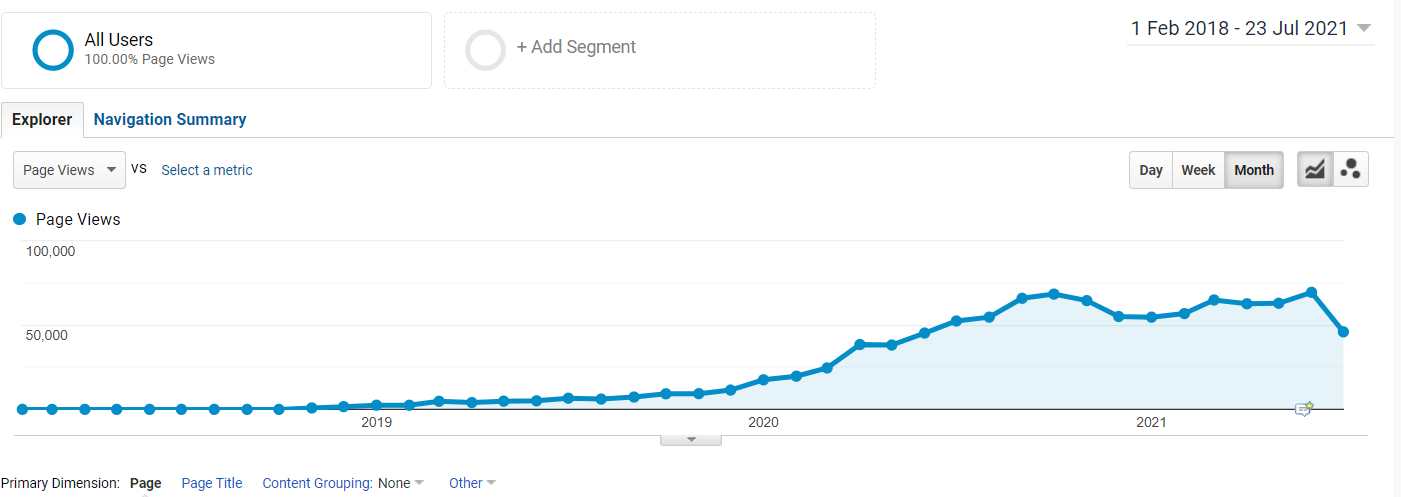
The majority of the traffic comes from the search engines, with channels such as social media or direct being the most important secondary sources.
The organic traffic of the 10 most popular articles on our services accounts for well over 40 percent of all organic traffic on the blog and over 30 percent of all the blog traffic.
It shows more than anything just how important it is to use best practices and write beautifully told and perfectly optimized content – you can increase the traffic coming your way by many folds.
Summary
And that’s it today. Have you found out something more? Are you feeling more motivated to create great software development content? Just to some things up:
- create long, engaging, easy-to-update content,
- make sure it is SEO-optimized.
- use a lot of rich content,
- be as detailed and technical as possible,
- take full advantage from the unique expert knowledge you have at your company,
- share your experience – tell stories,
- dedicate a lot of time and effort to promoting your content.
Oh, and one more tip for you – the closing part of the article is a good moment to include a call to action. Like this:
Are you just as eager to improve your traffic and conversion rate by 200% as you are to find out all about the latest trends in software development from top experts and real developers like you?
Check out this State of Frontend report! You can also send your content to us using the contact form. If we like it well enough, we can publish it on our blog. This may also be a good way for you to build your personal brand!


